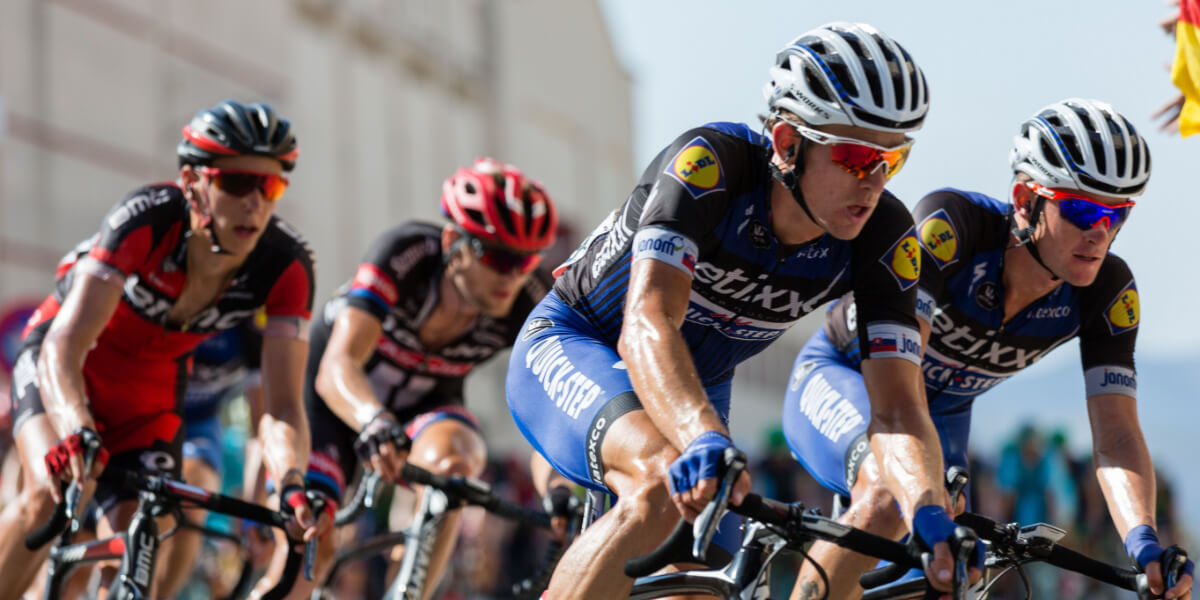
Anyone who has ever experienced knee pain will have heard of these terms: Jumper’s knee; Runner’s knee; Patella femoral pain; Arthritis; Meniscus tear.
These diagnoses get thrown around all the time – by everyone and anyone! So what do they mean and how is it even relevant to getting your knee pain sorted?
In this blog, we will cover the common causes of anterior knee pain. At the end of this blog, everyone should have a better clue on what is anterior knee pain about and hopefully gives you an idea on what to do to get rid of it!
It is pain that is experienced in the front of the knee, and can sometimes feel quite diffuse or localised (depending on the diagnosis). Its common to experience some amount of swelling when it first happens or when it flares up. This might be accompanied with some amount of stiffness, typically first thing in the morning or after prolonged sitting.
This pain typically worsens when doing activities involving repeated weight bearing like walking, stairs, running/jogging, jumping.
Very rarely will you experience clunking or locking of the knee (i.e. feeling your knee is stuck and needing to “unlock” it).
Anterior knee pain usually happens over time. Its often difficult to pinpoint a specific incident that caused it.
However, the weeks or months before it starts is pretty telling – Was there something new that you started doing? Or was there some change in your usual routine which involves significantly more load through the knee? Usually this indicates much more load going into the tissues around the knee which are unable to adapt quickly enough.
* This is assuming there has been no direct trauma to the knee. If there is, you should see a qualified healthcare professional about this.

Patellofemoral pain syndrome – PFPS
(Commonly known as Runner’s knee)
PFPS usually presents with a vague pain around the knee and knee cap. It’s typically aggravated by repeated low load activities such as walking or running. Usually, going up and downhills will make this worse, although going down is often more painful. Prolonged inactivity such as sitting or getting up in the morning will tend to make the knee feel stiff. The best relief is typically rest, where the symptoms settle pretty quickly.
Patella tendinopathy
(Also known known as Jumper’s knee)
Patella tendon pain is typically localised about the patella tendon. It is less likely aggravated by activities such as walking/running like in PFPS unless its really annoyed!
In contrast, high load activities such as jumping (hence the name), heavy loaded squats, sprints are more likely to aggravate the symptoms.
Usually, there will be a warm up effect (the symptoms improve with some load through the knee), then worsens once its done too much. Symptoms tends to last alot longer than PFPS, usually >24 hours.
Meniscus-related pain
Also known as “cranky old knees”
Pain arising from the meniscus can vary quite a lot between people. Typically, anything that requires you to bear weight will likely set it off if too much is done. What is really suggestive of a meniscus problem is the presence of knee effusion – this refers to swelling that is WITHIN the knee joint, instead of surrounding it. Generally you will feel that your knee is pretty “puffy” and stiff.
Yes we are coming to that! As mentioned earlier, anterior knee pain usually happens after a sudden spike in load, in which the tissues are unable to adapt quickly enough – its mostly a mechanical problem. So to address this, we need to approach this similarly.
We’ve talked about the idea of Relative Rest (P.O.L.I.C.E) in our previous blogs. The key idea here is that we want to reduce the amount of load going into our body so that its at a manageable level for it to adapt.
So instead of completely resting, you will be wanting to do some level of activity instead. This might consist of walking, slower jogs or half-squats. Usually, you will be doing some amount of the activity that’s painful, but at a lower intensity.
The question then is, what and how much is acceptable, and what’s not? This goes back to what we discussed on the different diagnosis earlier. Having an accurate diagnosis gives us a clear direction of what we can and shouldn’t do. For example, in a patella tendinopathy, we can expect running to be better tolerated compared to PFPS.
With the different diagnosis, the exercises and approach we will take also differs slightly! For a meniscus injury, you can expect less weight bearing exercises and overall trying to avoid flaring things up compared to a patella tendinopathy, where you actually need to experience some degree of symptoms for it to get better!

There are several exercises that will help with anterior knee pain (we will release this in the coming weeks!) but for now we hope that everyone has a better understanding of this condition and is better equipped to manage this.
Of course, you don’t have to do this alone! Seeing an experienced physiotherapist can be really helpful in getting you better – save yourself the hassle of trying to figure out what to do or second guessing your own diagnosis!
At ESP Physio, our physiotherapists always perform a detailed assessment from the first visit to come up with an accurate diagnosis. You can expect a personalised treatment plan involving a mix of hands-on treatment and rehabilitation exercises – all in the very first session! You can book yourself in for an appointment here. If you prefer to speak to someone, call us at 01324 227 370 or drop us an email at info@espphysio.com and we will get you back to normal!
Written by Andrew Linn